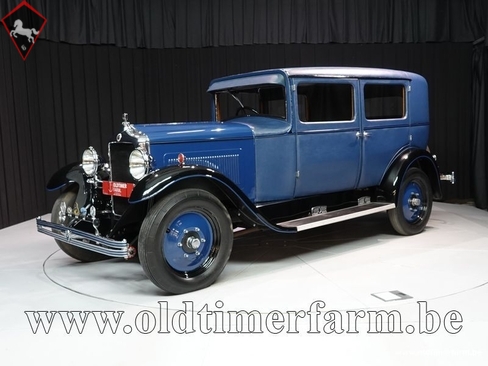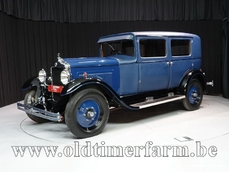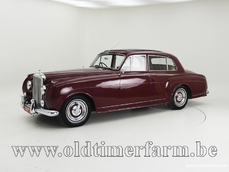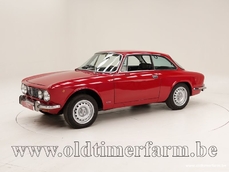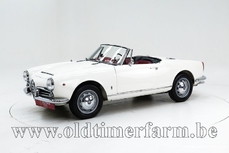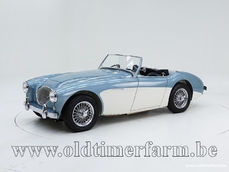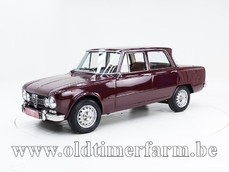Minerva AL Weymann '28 1928
General description :
Made in Antwerp, Belgium Weymann bodywork Knight sleeve valve engine The Belgian Rolls Royce Minerva was a Belgian car manufacturer operating from 1902 to 1956. The company produced some of the most luxurious and advanced cars of its time, and the 1928 Minerva AN Weymann was no exception. This car was based on Minerva's Type AK chassis and featured a lightweight body by French coachbuilder Weymann. Weymann was a coachbuilder known for its innovative and lightweight designs. The Weymann body consisted of a wooden frame covered with fabric and then treated with a special paint to make it waterproof and durable. This construction method provided a lighter and more aerodynamic body than traditional metal bodies, and also offered better insulation and noise reduction. The 1928 Minerva AN Weymann was equipped with a 2.0-litre six-cylinder "Knight sliding engine", an engine only used in the more expensive car segment. The interior of the Minerva AN Weymann was as impressive as its exterior, with high-quality materials such as leather and wood. The car also offered plenty of space and comfort, which made it an ideal choice for long-distance driving. If you are looking for a rare and iconic car with a rich history, the 1928 Minerva AN Weymann is definitely worth considering. With its powerful engine, lightweight bodywork and luxurious interior, it is an impressive and valuable addition to any car collection.
http://www.oldtimerfarm.be/en/collection-cars-for-sale/6819/minerva-an-weymann-28.php
1928 Minerva AL Weymann '28 is listed sold on ClassicDigest in Aalter by Oldtimerfarm Dealer for €52950.
Car Facts
Car type : Car Make : Minerva Model : AL Model Version : Weymann '28 Engine size : 0.0 Model Year : 1928 Location : Aalter
Sold
Seller Information
Sold
People who viewed this Minerva AL also viewed similar Minerva listed at ClassicDigest
Other cars listed for sale by this dealer
About Minerva
Minerva was a Belgian luxury automobile manufacturer that operated from 1897 to 1938. The company had a reputation for producing high-quality, prestigious vehicles. Here is an overview of the history of Minerva cars and some of their notable models:1. Early Years:
Foundation: Minerva was founded in 1897 by Sylvain de Jong, who started by importing and selling bicycles and sewing machines.
Transition to Cars: In the early 1900s, Minerva transitioned to the production of automobiles.
2. Expansion and Success:
Production Growth: Minerva quickly gained recognition for the quality and craftsmanship of its vehicles, leading to expanded production.
Luxury Reputation: The brand became synonymous with luxury, catering to an elite clientele.
3. World War I:
Military Production: During World War I, Minerva shifted to producing military vehicles, including trucks and ambulances.
Post-War Challenges: After the war, like many automotive manufacturers, Minerva faced challenges due to economic downturns and changes in market demand.
4. Interwar Period:
Luxury Cars: Minerva reestablished itself as a luxury car manufacturer in the post-war years, focusing on high-end models.
Innovation: The company continued to innovate, incorporating advanced features for the time.
5. Notable Minerva Models:
Minerva Type A (1902): One of Minerva's early models, showcasing the brand's move into automobile production.
Minerva 32 CV (1910): A luxurious and powerful model that contributed to Minerva's reputation for high-quality cars.
Minerva 40 CV (1920s): Known for its large displacement engine and opulent design, this model was favored by royalty and aristocrats.
Minerva 8 AL (1927): A notable sports car model, demonstrating Minerva's ability to produce performance-oriented vehicles.
Minerva AB (1930): This model featured a straight-eight engine, highlighting Minerva's commitment to engineering excellence.
6. Decline and Closure:
Economic Challenges: The Great Depression in the 1930s posed significant challenges to luxury car manufacturers, including Minerva.
End of Production: In 1934, Minerva ceased production of automobiles due to financial difficulties.
7. Legacy:
Art Deco Influence: Minerva cars are often associated with the Art Deco period, featuring stylish and elegant designs.
Collectors' Items: Today, Minerva cars from the early 20th century are sought after by collectors for their historical significance and craftsmanship.
Minerva remains a notable name in automotive history, representing a brief but impactful era of luxury car manufacturing in Belgium. The brand's legacy lives on through the appreciation of its classic models.
